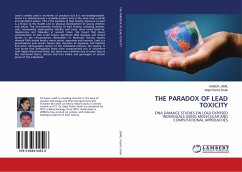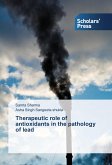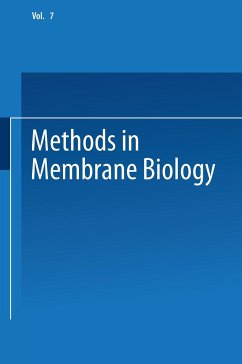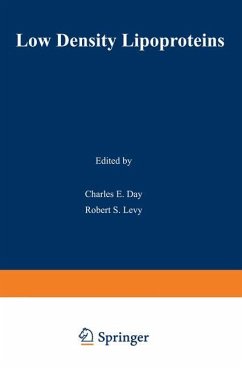Lead is widely used in hundreds of products but it is non-biodegradable, hence it is simultaneously a versatile product and at the same time a subtle and persistent poison. This is the paradox of lead toxicity. Exposure to lead is a threat to the health and to physical development of young children and adults. The characteristic features of lead toxicity, including anemia, colic, neuropathy, nephropathy, sterility, and coma, were noted both by Hippocrates and Nikander in ancient times. We found that lower concentration of lead could induce significant DNA damage and strand breaks in the chromosomes. Biomarkers of Molecular toxicity studies showed DNA strand breaks, micro nuclei, apoptosis and necrosis. Lead is a genotoxicant and certain factors like, duration of exposure and habitats and other demographic factors of the individuals enhance the toxicity. It was found that hemoglobin levels were comparatively low in volunteers with higher blood lead levels, but there was a definiterole of other factors like nutritional status, calcium and Iron intake and genotypes of certain genes of the individuals.
Bitte wählen Sie Ihr Anliegen aus.
Rechnungen
Retourenschein anfordern
Bestellstatus
Storno








